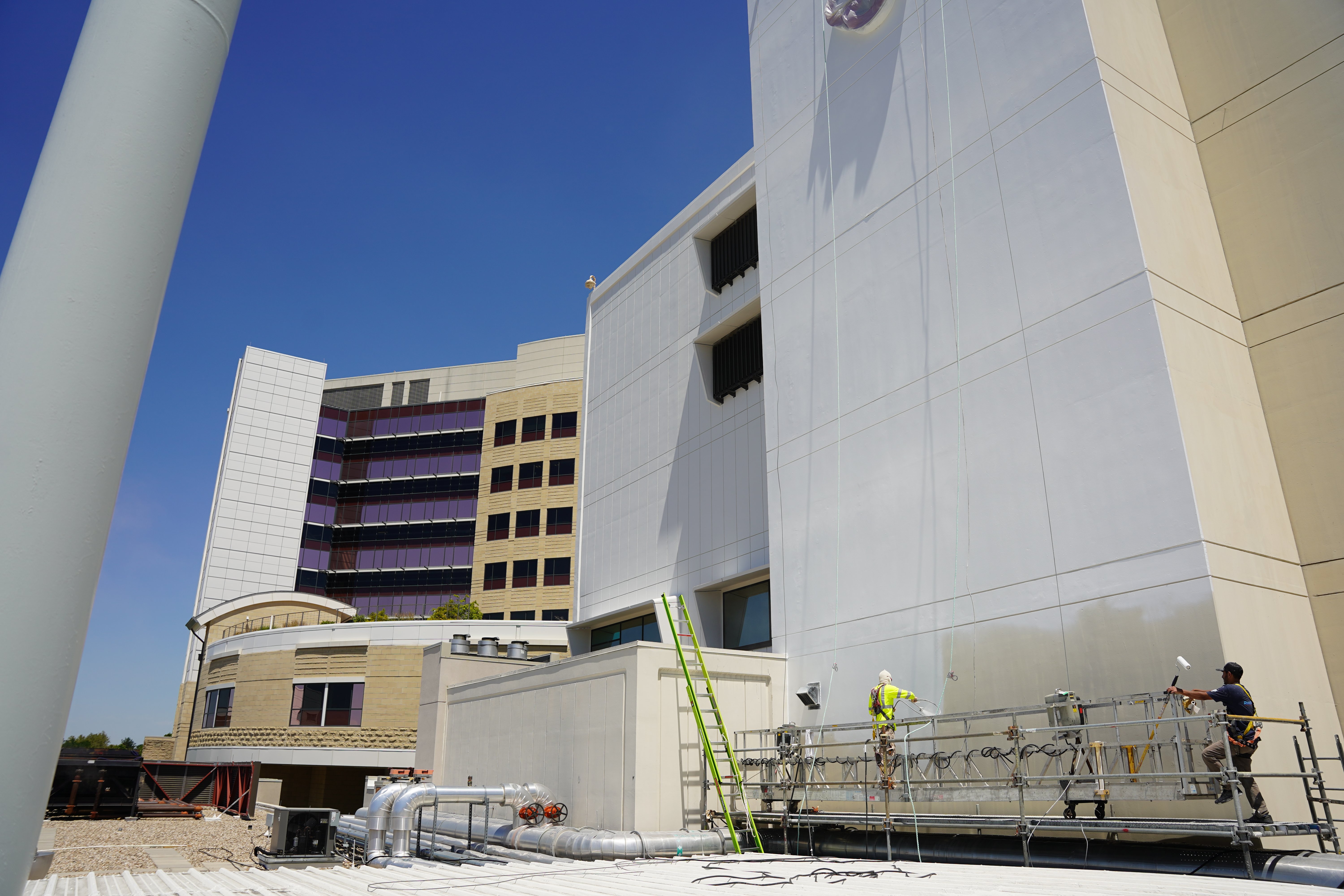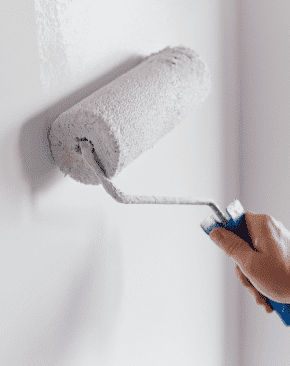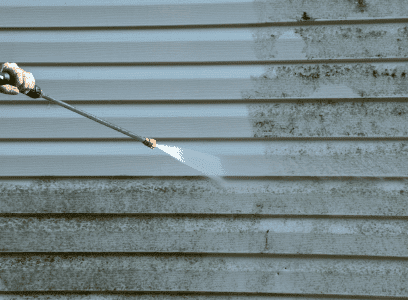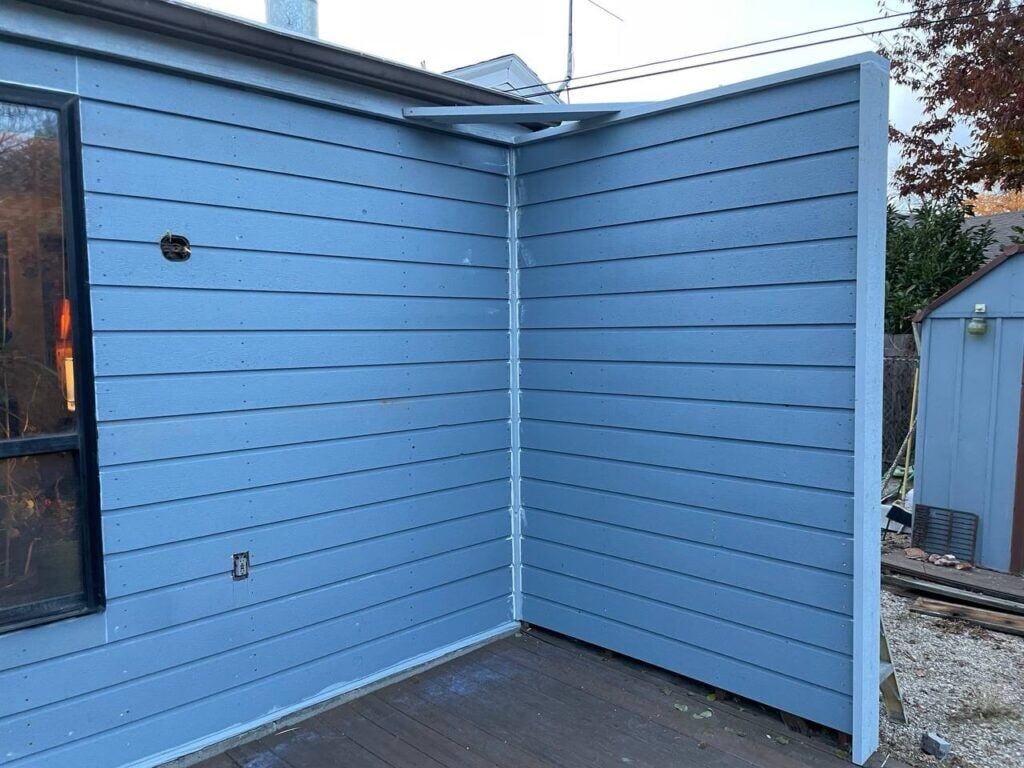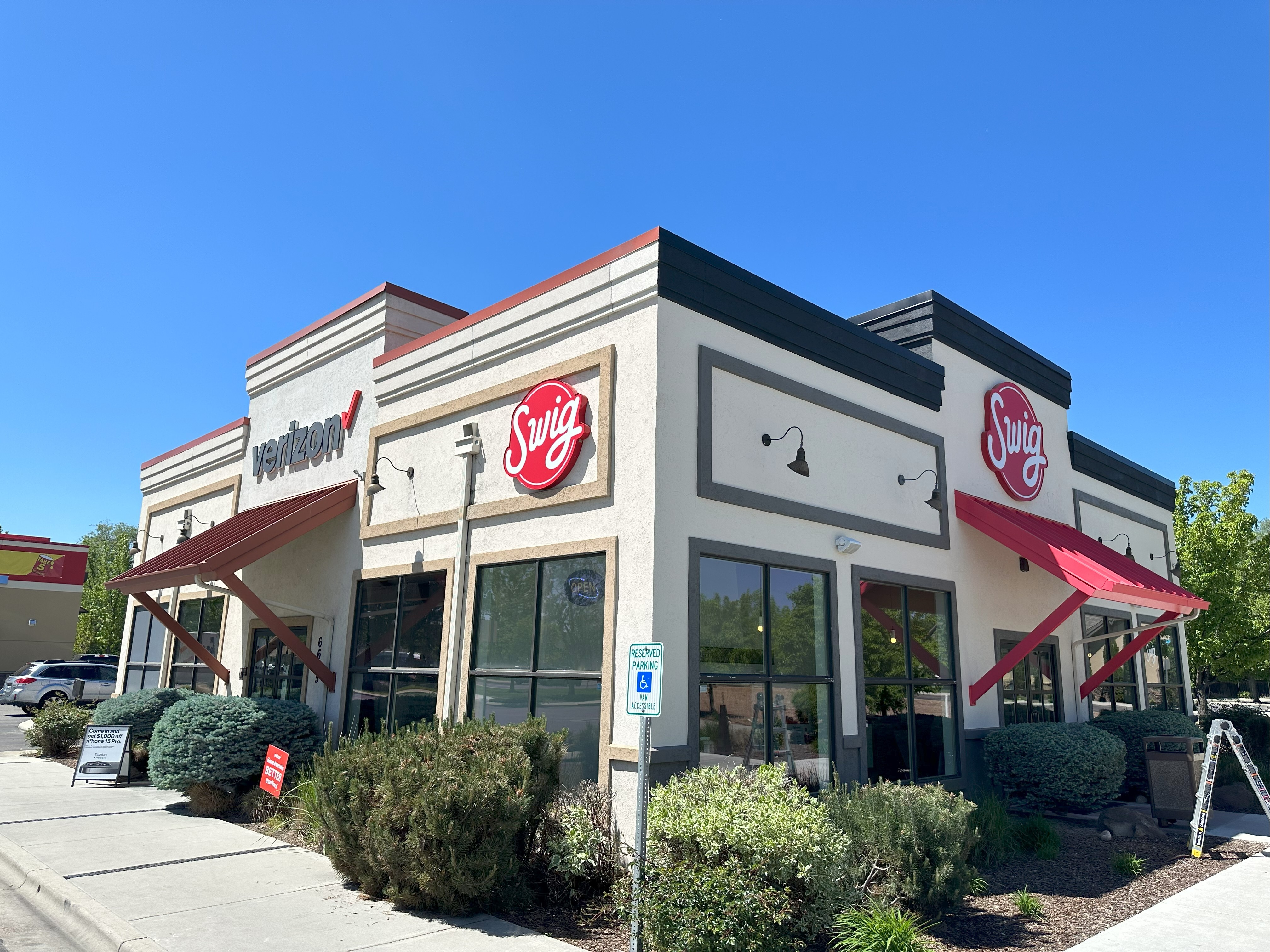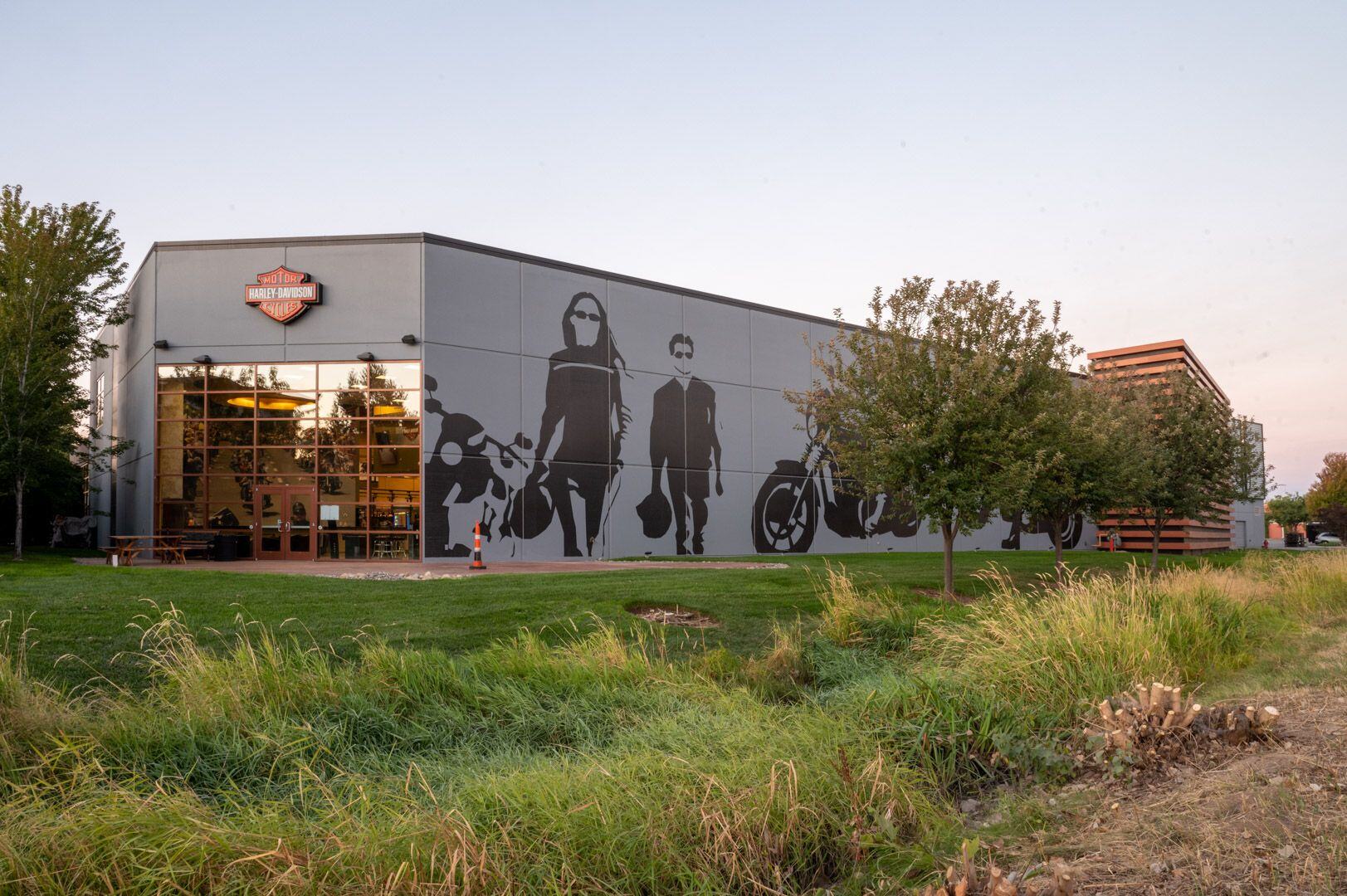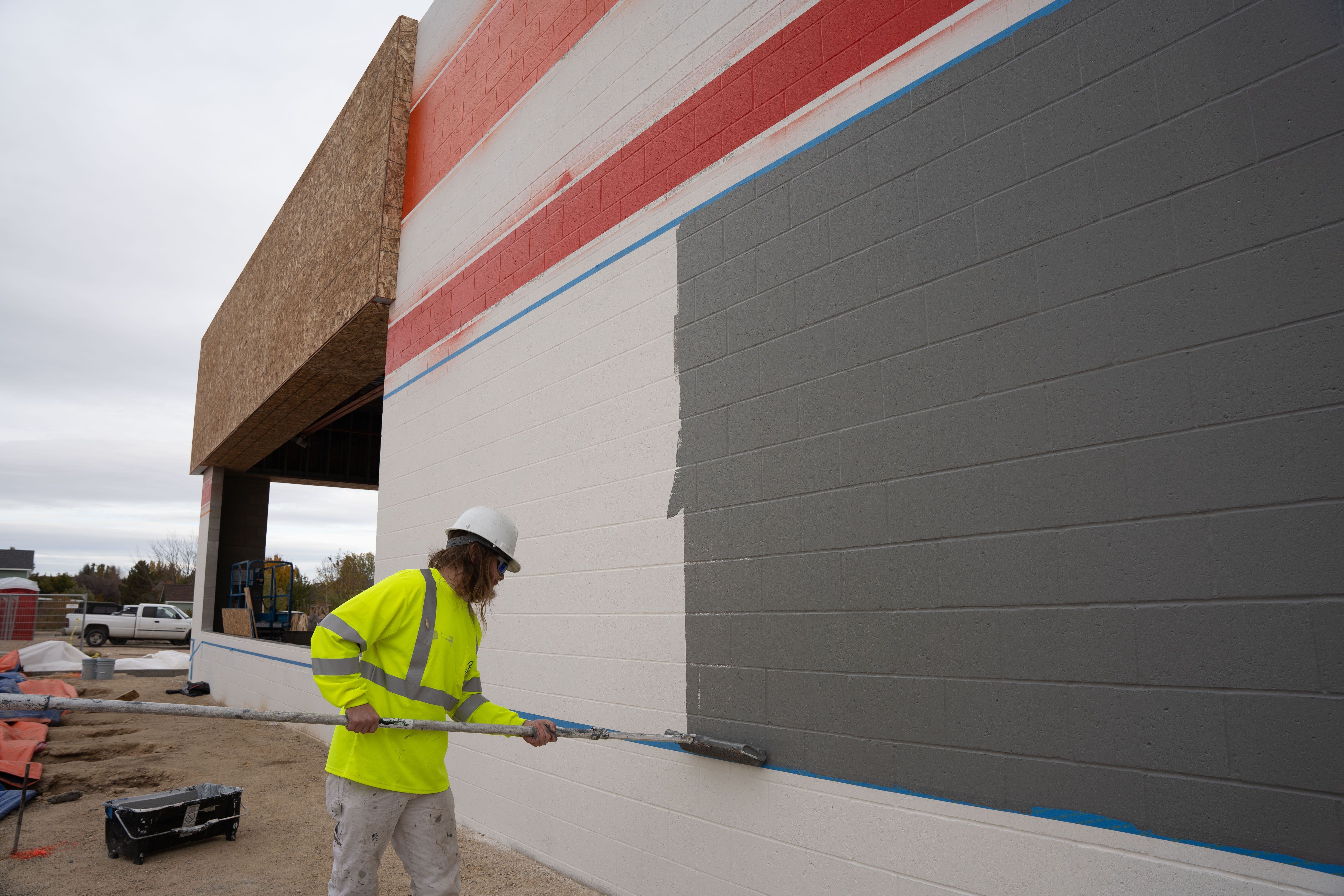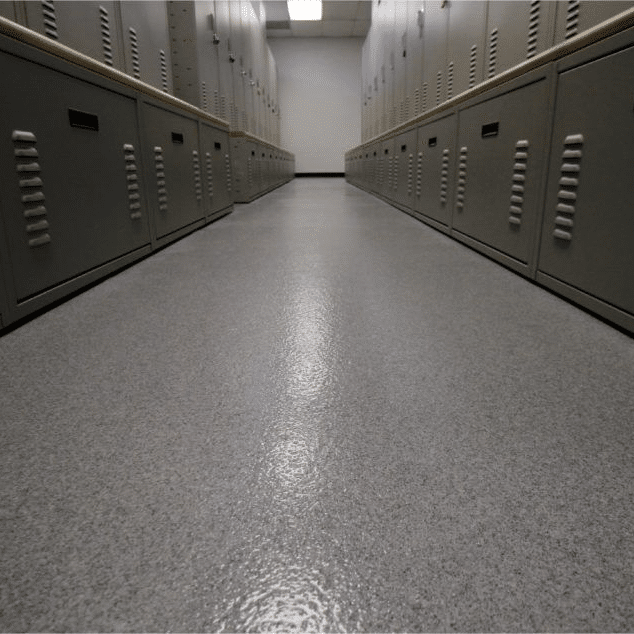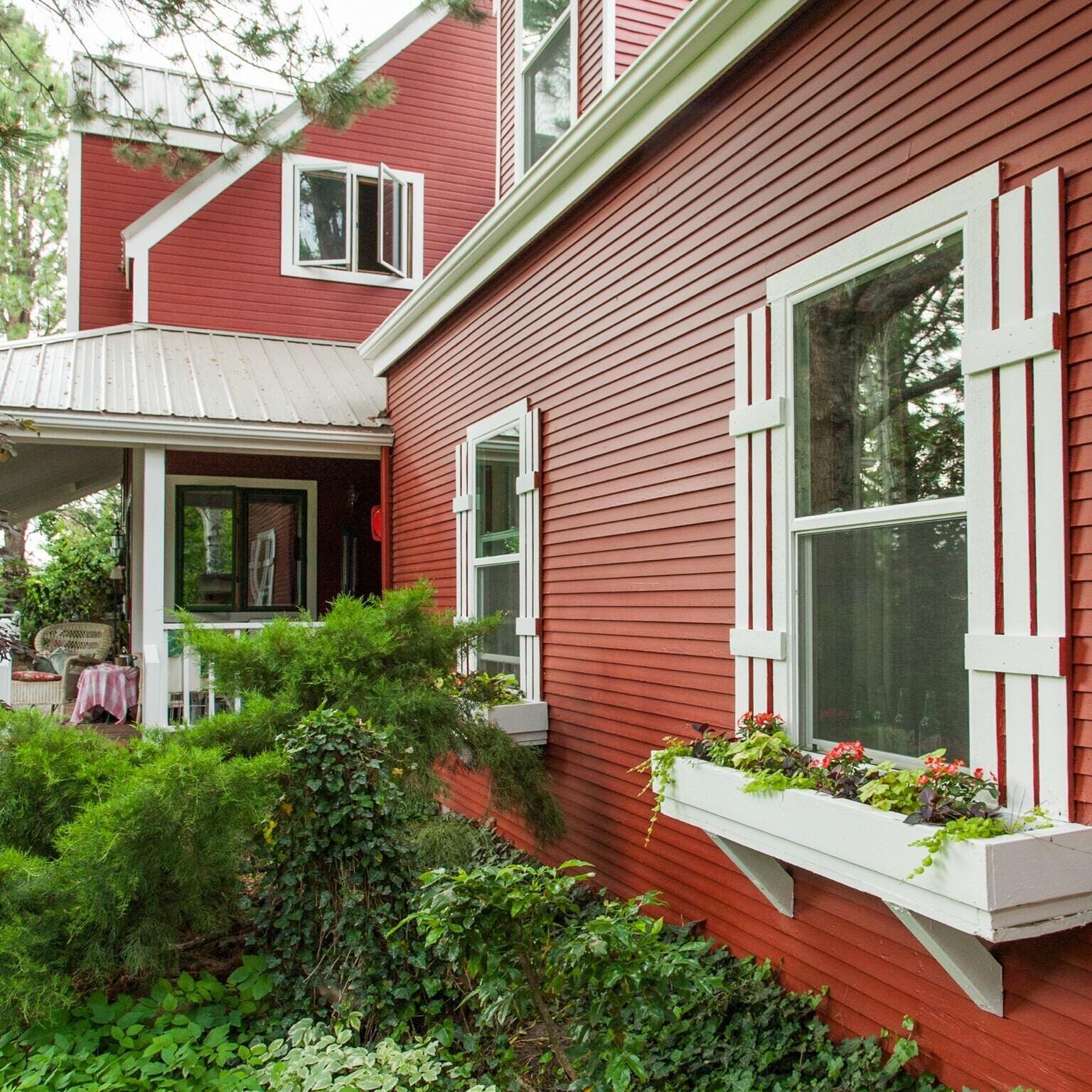Best Paints for Hospitals and Medical Facilities (Durable + Hygienic)
September 22nd, 2025
4 min read
By Jud Masters
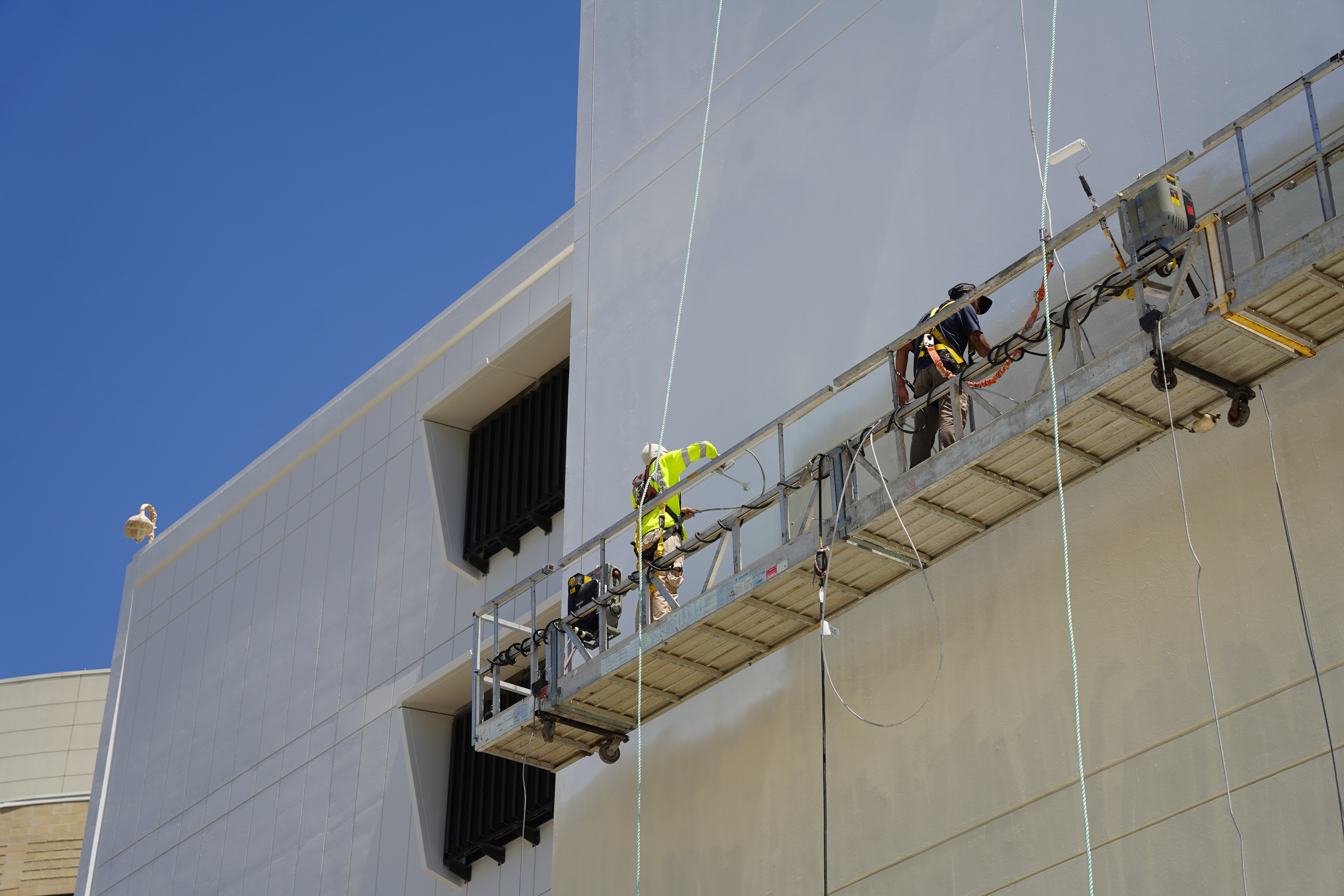
In healthcare environments, paint does more than provide color. Paint plays a role in safety, hygiene, and maintenance. But not all coatings are built for the demands of medical facilities. Harsh disinfectants, constant cleaning, foot traffic, rolling equipment, and outdoor exposure can quickly wear down the wrong product, leaving you with walls, doors, and exteriors that are worn or failing to meet quality standards.
At Roe Painting, we work with healthcare facility managers and teams who are trying to avoid exactly that. Whether you're managing a hospital, clinic, urgent care, or long-term care facility, you need paints that hold up, inside and out. That could mean a microbicidal coating in a patient room, a scuff-resistant finish in a corridor, or a self-cleaning exterior paint that reduces upkeep.
In this article, we'll break down the best interior and exterior paint options for healthcare facilities, what makes them different, and how to choose the right product for each area of your building.
What Makes Paint for Healthcare Facilities Different?
In healthcare spaces, paint moves beyond aesthetics and becomes a functional part of the environment. Coatings in medical facilities have to withstand a unique set of demands that go far beyond what's expected in standard commercial buildings.
- Constant cleaning with harsh disinfectants can break down standard paint films, causing peeling, discoloration, or surface damage.
- High traffic and equipment movement lead to scuffs, dents, and general wear, especially in hallways, waiting areas, and exam rooms.
- Hygiene requirements mean paints should be easy to clean and, in some cases, help reduce the spread of germs.
- Exterior surfaces must handle weather, pollution, and frequent maintenance without fading or breaking down prematurely.
Choosing the wrong paint often leads to premature failures, higher maintenance costs, and more frequent repaints. All the things that facilities are trying to avoid.
Healthcare paints must withstand cleaning, traffic, and hygiene demands that typical commercial coatings can't handle.
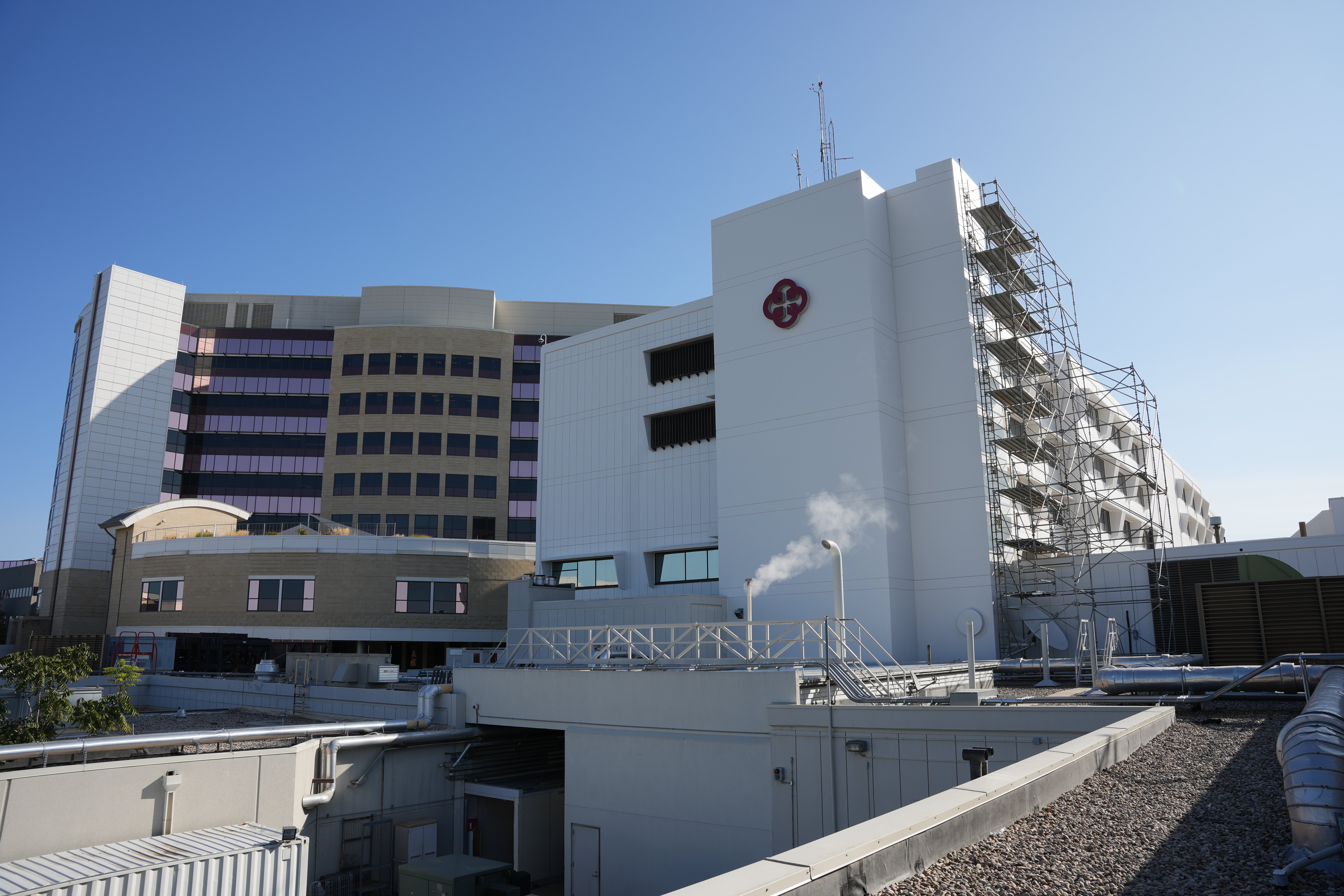
What to Look for in Paint for Hospitals, Clinics, and Care Facilities
If you're managing a healthcare facility, the last thing you want to do is keep scheduling repaints that disrupt care and schedules. The paint you choose has a significant impact on the time between repaints and maintaining your surfaces' appearance year after year.
This is what to look for:
- Durability: Handles repeated cleaning, contact, and traffic without breaking down.
- Washability and Stain Resistance: Stands up to hospital-grade disinfectants and wipes clean without streaking or fading.
- Antimicrobial or Microbicidal Properties: Options like Paint Shield actively kill bacteria on the surface, ideal for high-risk areas.
- Low VOC / Low Odor: Important for patient safety and staff comfort, especially during application in active spaces.
- Scuff and Impact Resistance: Keep hallways, corners, and the doors looking clean longer in high-traffic zones.
- Moisture and Mildew-Resistant: A must for bathrooms, locker rooms, and exterior surfaces.
Each area of your facility comes with different demands. Choosing paint based on performance, not just price or availability, can reduce interruptions and help your space look professional, longer.
Best Paints for Medical Facilities (Interior & Exterior)
Below are some of the most effective paint solutions we recommend for hospitals, clinics, and care facilities. Each product has strengths that make it ideal for specific environments and use cases.
Interior Paint Solutions
Paint Shield® Microbicidal Paint
- What it does: Kills 99.9% of bacteria like Staph, MRSA, E. coli, and more within 2 hours of exposure on the painted surface.
- Where it works best: Patient rooms, exam rooms, labs, restrooms, waiting areas — anywhere hygiene is a top concern.
- Why we recommend it: It adds a layer of active protection that standard paints don't provide, with durability that holds up to cleaning.
Scuff Tuff® Interior Water-based Enamel
- What it does: Designed to resist scuffing, marks, and wear in high-traffic interior spaces.
- Where it works best: Corridors, nurses' stations, lobbies, doors, and baseboards.
- Why we recommend it: This finish helps keep walls and trim looking fresh even in your busiest areas, reducing repaint frequency.
Resist-X Interior Acrylic Interior Latex
- What it does: A high-performance interior acrylic latex paint that resists stains, scrubbing, and moisture.
- Where it works best: Patient rooms, common areas, bathrooms, and other spaces that need frequent cleaning.
- Why we recommend it: It combines durability with excellent washability, making it a strong choice where walls are exposed to both high traffic and repeated sanitization.
Exterior Paint Solutions
Emerald® Rain Refresh™ Exterior Acrylic Latex
- What it does: A self-cleaning exterior paint that sheds dirt when it rains.
- Where it works best: Building facades, entrances, covered walkways
- Why we recommend it: Less buildup means fewer cleanings, and fewer cleanings mean longer life for the paint and less maintenance disruption.
These products are designed for the demands of healthcare. From germ resistance to self-cleaning performance, we can bring the right solution to your facility.
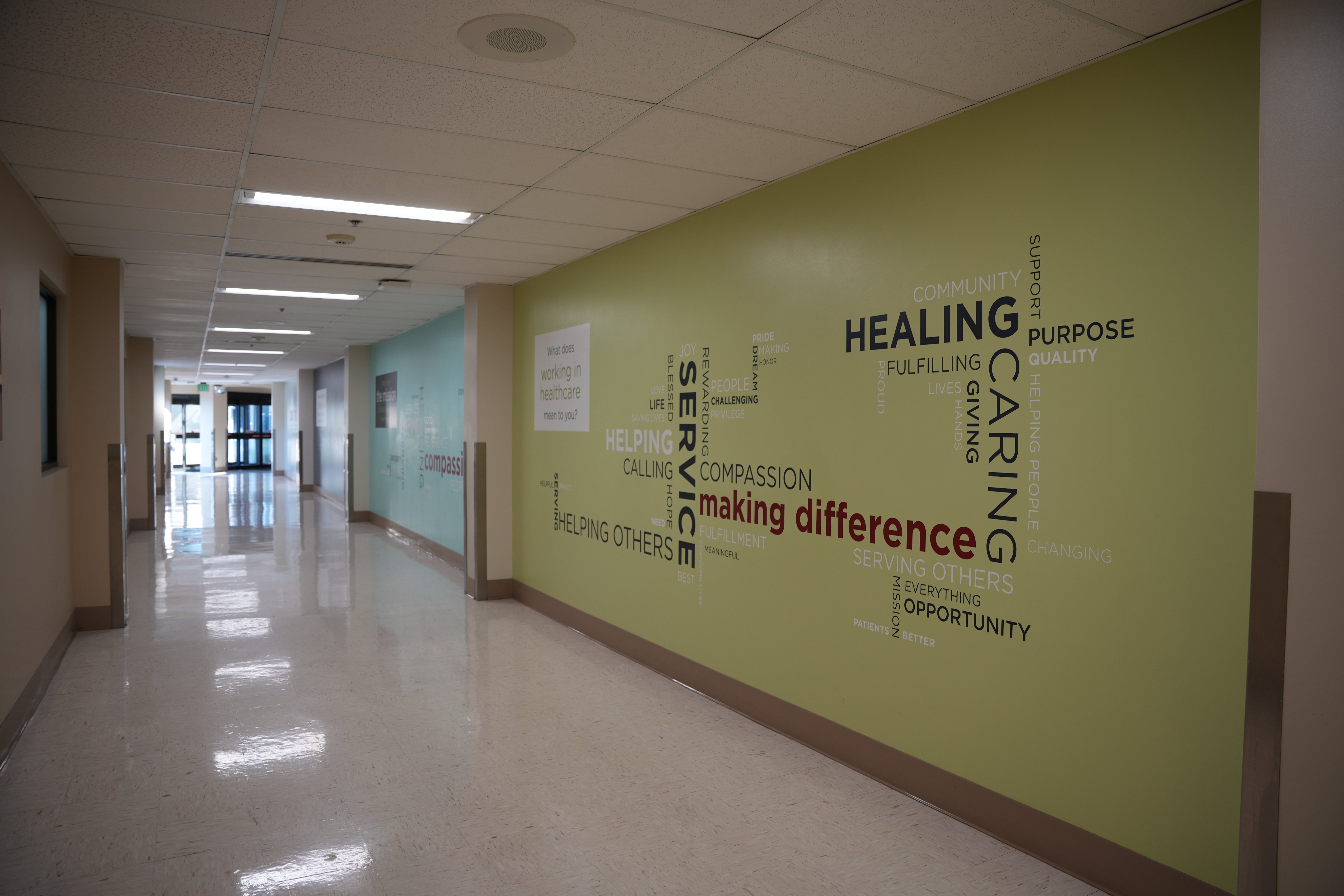
Healthcare Paint Product Comparison Chart
| Product | Use Case | Key Benefit | Best For | VOC Level | Cleaning Resistance |
| Paint Shield® Microbicidal Paint | Interior - Hygiene-critical areas | Kills 99.9% of bacteria on the surface | Patient rooms, exam rooms, labs, restrooms | Low | High |
| Scuff Tuff® Water-based Enamel | Interior - High-traffic surfaces | Resists scuffing and wear in high-contact areas | Hallways, doors, lobbies, nurses' stations | Low | High |
| Resist-X™ Interior Acrylic Latex | Interior - Stain and moisture-prone areas | Resists stains, scrubbing, and moisture | Patient rooms, bathrooms, common areas | Low | High |
| Emerald Rain® Refresh™ | Exterior - Building facades and walkways | Self-cleaning with rain; low maintenance | Exteriors exposed to dirt, weather, and pollution | Low | Medium |
Common Questions About Painting in Healthcare Facilities
Facility managers and administrators often have the same concerns when choosing paint for healthcare spaces. Here are some of the most common questions we hear:
Is microbicidal paint safe for patients and staff?
Yes. Products like Paint Shield® are water-based, low-odor, and designed to meet EPA standards for safety while providing germ-killing benefits on the painted surface. They don't release harmful chemicals during normal use.
How often should healthcare facilities repaint?
It depends on the area. High-traffic corridors and patient rooms may need refreshing every 3-5 years, while specialty coatings in well-maintained spaces can last longer. Using durable paints upfront reduces how often you'll face repaint cycles.
Do these paints require special cleaning methods?
No. In fact, they're designed to handle strong hospital-grade disinfectants without breaking down. Always follow the paint manufacturer's cleaning recommendations, but in general, these coatings make routine sanitization easier, not harder.
Can I use the same paint for interiors and exteriors?
Not effectively. Interior paints are formulated for cleaning and hygiene, while exterior paints like Rain Refresh™ are built to handle weather and pollutants. Each product is designed for its environment, and using them interchangeably will shorten their lifespan.
Are these specialized paints more expensive?
They do cost more upfront than standard paints, but they usually save money over time by reducing repaint frequency, lowering maintenance needs, and supporting compliance with healthcare standards. Many facilities find that the long-term value outweighs the initial investment.
Can I apply these paints over existing coatings?
In many cases, yes. As long as the existing surface is properly prepped, most of these paints can be applied without needing a full strip-down. However, for older or damaged walls, a fresh base coat may be required to ensure performance.

The Right Paint for Your Healthcare Facility
Now you know which paints are built for healthcare settings and why they are different than standard coatings. Choosing the right products saves time, reduces maintenance, and supports safer spaces for patients and staff.
For more information about how Roe Painting supports healthcare facilities with their goals for streamlined maintenance and durable solutions, download our Healthcare Facility Paint and Coatings Guide.
If you're planning a project, request a complimentary quote and we'll help you find the right solution for your facility.
Jud has been with Roe Painting since 2017 and in the painting industry as a whole since 1999. He has a passion for estimating and selling a wide variety of painting projects. As the son of two teachers, he loves to educate his customers on what they should expect in a proper paint job. As VP of Sales, he enjoys developing estimating programs and teaching and coaching his sales team to deliver a confident contracting experience for every customer.
Topics:





